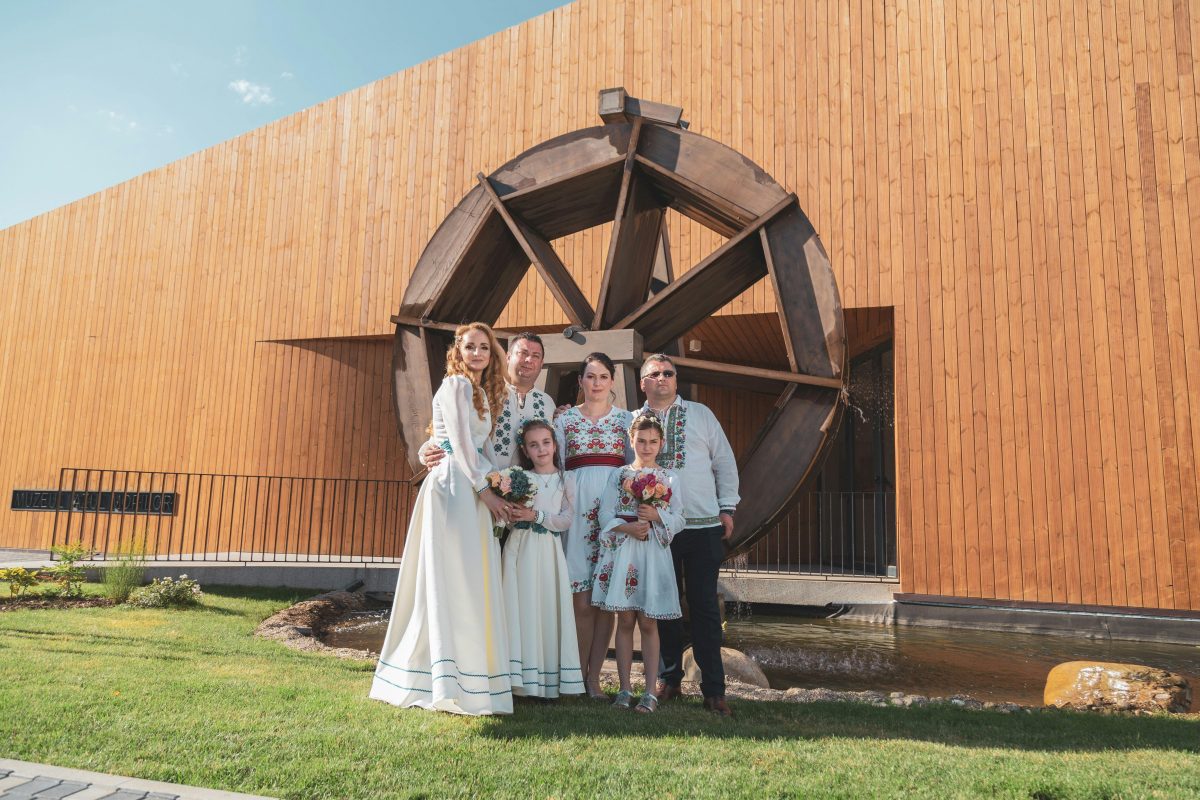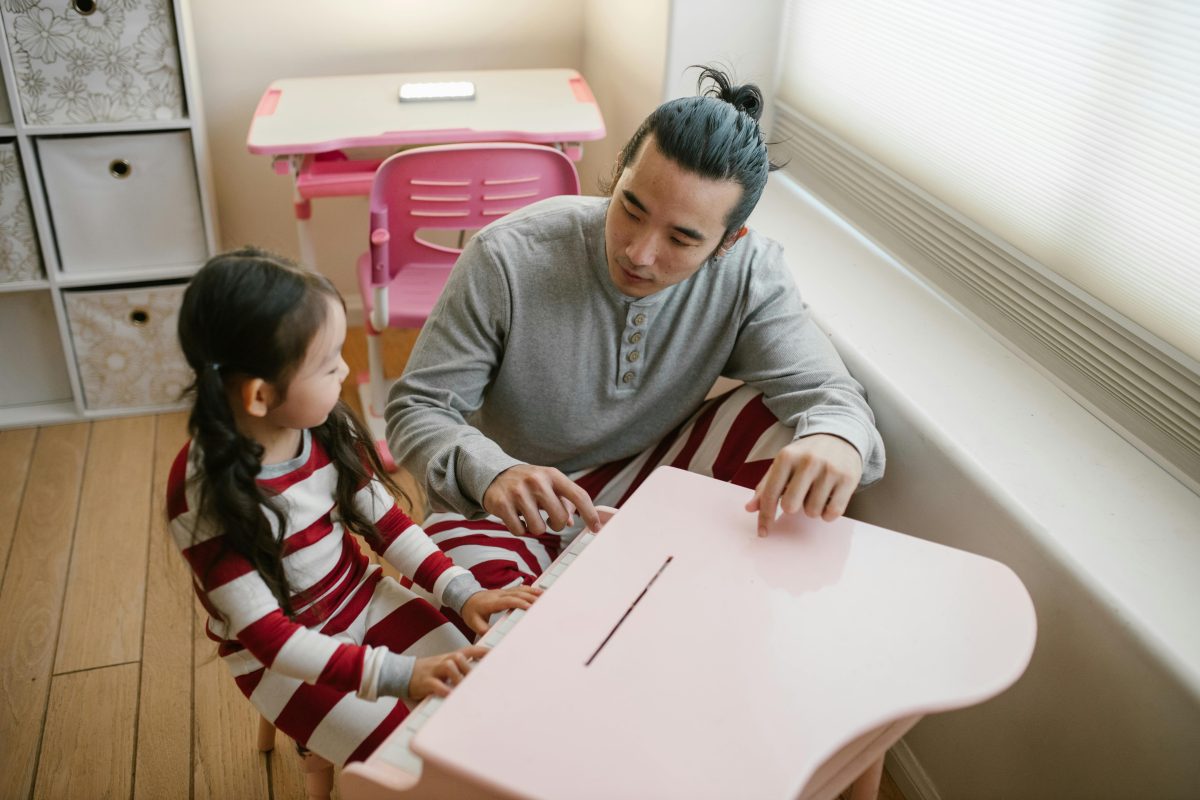Introduction to Multigenerational Living

Living in a family home with more than two generations is a long-standing custom with roots in history. Once considered essential, this arrangement is becoming more and more common in Australia. It’s a lifestyle decision that strengthens family ties and provides support to family members, not just a means of cutting expenses. The purpose of this article is to explore the many advantages of multigenerational living and demonstrate why more and more families are deciding to adopt this lifestyle. We will examine how this living arrangement can be a game-changer for many, with an emphasis on the shared experiences, the financial and emotional support systems, and the enhanced quality of life it offers. Multigenerational homes are becoming more and more popular, which is a testament to their value in today’s society. They offer a modern and traditional blend of living that meets the needs of all family members.
Building Stronger Family Ties

The unmatched chance to deepen family ties is at the core of multigenerational living. Deeper relationships between generations are fostered by this unusual living arrangement, which creates a loving environment where each family member feels respected and supported. It’s about growing together, not just about cohabitation.
- Narrative Techniques and the Transmission of Cultures: Elderly relatives and grandparents take on the role of keeper of the family’s history and customs, passing down lore and customs that might otherwise be lost. The family’s collective identity is strengthened by these stories, which offer a rare and priceless sense of continuity and belonging.
- Help with Emotions: It is impossible to overestimate the emotional support and sense of community that multigenerational living offers. Having a network of loved ones nearby provides security and comfort in a world where loneliness and isolation are all too common. This support network improves the wellbeing of every family member and is invaluable not only during difficult times but also in everyday life.
Multigenerational housing is ultimately more than just a workable answer to today’s problems. It’s a decision that offers a more fulfilling and interconnected way of life by honoring family, tradition, and community. Families all throughout Australia are realizing the advantages of cohabitation again and discovering that strong relationships are the cornerstone of a happy and stable home life.
Learning and Developing Life Skills via Intergenerational Cohabitation

A wealth of educational and life skill development opportunities are at the heart of multigenerational living. Because of this special arrangement, knowledge and skills are freely shared among generations, improving the quality of life for every family member.
- Opportunities for learning across generations There are many examples of elder family members passing on timeless wisdom and customs. Younger generations contribute new insights and their understanding of contemporary technology to this mutually beneficial exchange, which makes for an engaging learning environment.
- Sharing of skills encompasses everything from modern technology that provides doors to the future to traditional crafts that weave the fabric of family heritage.
- A key component of multigenerational living is preparing the next generation for the future. Through everyday interactions, they learn valuable life lessons that give them the resilience and adaptability they need to thrive in a constantly changing world. These courses ensure that kids become well-rounded people by covering everything from financial literacy to emotional intelligence.
- This learning environment’s natural setting is what makes it so beautiful. Instead of being taught in a formal classroom setting, skills and knowledge are shared through daily activities, which makes learning fun and natural. This method fosters a lifelong love of learning as well as stronger family ties.
Multigenerational living, in its essence, provides a special arena for learning and developing life skills. Every family member is being prepared for a better, more informed future in this living, breathing classroom where lessons are lived rather than just taught.
The advantages of multigenerational living for health and wellbeing

Living with multiple generations has numerous positive effects on one’s mental, physical, and emotional well-being. This type of living creates a nurturing atmosphere that supports each family member’s wellbeing.
- Better Mental Health with Ongoing Companionship: A multigenerational household provides ongoing companionship, which is essential for better mental health. Family members from all generations make sure that no one is alone or feels alone. Elderly people benefit most from this companionship because they are more likely to experience depression when living alone.
- Benefits of Shared Activities and Reduced Stress on Physical Health: Engaging in shared activities, like gardening, strolling, or even just playing with the grandchildren, promotes physical activity and can improve the health of every family member. Furthermore, a healthier lifestyle is facilitated by the lower stress levels that come with residing in a loving, family-oriented setting.
- Obtaining Care and Surveillance for Senior Family Members: Living with multiple generations provides senior family members with unmatched access to care and supervision. This arrangement makes sure they get the care and attention they require as soon as possible. The family can also rest easy knowing that their loved ones are in capable hands.
In conclusion, there are numerous advantages to multigenerational living for mental, physical, and emotional health and wellbeing. This type of living arrangement encourages a healthier, more contented lifestyle in addition to providing a loving environment for all family members. Multigenerational living is becoming more and more popular in Australia, and this is further evidence of its positive effects on families’ health and well-being and its continued value in today’s society.
Issues and Matters to Take Into Account When Living with Multiple Generations

Living with multiple generations has many advantages, but overcoming its difficulties calls for careful planning and strategy. It’s critical to resolve any possible disputes and guarantee each family member has their own space. Respect for each person’s needs and open communication are essential for a peaceful home environment.
- A sense of privacy and belonging can be fostered by establishing private zones and deciding on shared spaces, which can help to reduce tensions.
- Attention must also be paid to financial and legal arrangements. The financial contributions, property ownership, and inheritance plans must all be outlined and agreed upon. Even though they might be awkward, these talks are crucial to avoiding misunderstandings and guaranteeing the household’s financial stability.
- Establishing boundaries, embracing flexibility, and holding regular family meetings are all examples of effective multigenerational living strategies. These gatherings provide a forum for discussing issues, acknowledging successes, and reaching group decisions. Ensuring that everyone’s needs are met requires setting boundaries regarding time, space, and responsibilities. Conversely, flexibility makes it possible for the family to adjust to shifting conditions and guarantees that the living arrangement changes in step with the family’s expansion.
Multigenerational living has many advantages, but it also has drawbacks. These include the need for proactive communication, careful legal and financial planning, and the implementation of strategies that balance the needs of the individual and the group. Families can create closer ties and take advantage of all the advantages that come with multigenerational living by tackling these issues head-on.
In Conclusion
Living across generations redefines what a family is. It is an example of resiliency and joyous sharing. Families see significant development and support when they strike a balance between the inherent difficulties and the educational, emotional, and financial advantages. This way of life equips each member for a better future by promoting intergenerational learning, financial security, and emotional well-being. Let’s welcome this enriching lifestyle and strengthen the ties that bind our families to one another.
The Benefits of Multigenerational Living FAQs
Yes, multigenerational living can ease the transition into retirement by offering emotional support and a sense of purpose to retirees, who can stay active by engaging with family members and contributing to household responsibilities. This living situation can mitigate feelings of loneliness and isolation often experienced by older adults living alone. Additionally, it provides an opportunity for retirees to pass on their knowledge and skills to younger generations.
Yes, multigenerational living can have a positive impact on the health and well-being of family members by providing a supportive environment that reduces feelings of loneliness and isolation. It encourages a sense of belonging and security, which can be particularly beneficial for the elderly and young children. Additionally, having multiple generations under one roof can facilitate better care for family members who may have health issues.
Multigenerational living can offer educational benefits by exposing family members, especially children, to a variety of skills, languages, and cultural knowledge that different generations possess. Older family members can provide informal education through storytelling and sharing of life experiences. This environment encourages lifelong learning and a deeper appreciation for family history and traditions.
Multigenerational living often strengthens family bonds by fostering daily interactions and mutual support among family members. It provides a unique opportunity for different generations to learn from each other, share experiences, and offer emotional support. This close-knit living situation can enhance understanding and respect across generations.
Multigenerational living provides a built-in support system for childcare, allowing parents to rely on family members for help, which can be both cost-effective and reassuring. This arrangement ensures that children are cared for by trusted relatives, offering a safe and loving environment. It also allows for more flexible childcare arrangements, accommodating the varying schedules of working parents.
Children growing up in multigenerational homes benefit from the wisdom and guidance of older family members, which can positively impact their development. They often receive more attention and support, both emotionally and educationally, from the adults in the household. This environment can help in developing their social skills, respect for elders, and understanding of family dynamics.
While multigenerational living has many benefits, it also presents challenges such as the need for compromise and effective communication to manage different lifestyles and expectations. Privacy can be a concern, as living closely requires boundaries to be respected by all family members. However, with clear communication and mutual respect, these challenges can be navigated to maintain a harmonious household.
Multigenerational living is environmentally beneficial as it often results in more efficient use of space and resources, reducing the overall ecological footprint of the household. Sharing a home can lead to less energy consumption per capita and a decrease in the demand for new housing. This lifestyle promotes sustainability through shared resources and a collective approach to minimizing waste.
Living in a multigenerational household can significantly reduce individual living expenses by sharing costs like rent, utilities, and groceries. This arrangement allows family members to pool resources, making it easier to manage financial burdens and save money. It can also help in avoiding the costs associated with senior living facilities or childcare.
Multigenerational living offers rich social benefits by allowing family members to engage in a wider social network within their own home. It enables the sharing of cultural traditions and values across generations, enriching the family’s social experience. This living arrangement can also provide children with a broader perspective on life and relationships, fostering social skills from a young age.
The Benefits of Multigenerational Living

